|
When you have chronic pain, you get very familiar with pain that makes itself known every day. You may have some good days and some bad days, but either way its good to have a toolkit of things you can do at home to help reduce, manage or avoid pain flare ups. This is even more important now, while Melbourne is under Stage 4 Restrictions in response to COVID19 and seeing your Myotherapist is no longer an option. Your toolkit will likely be different to someone elses, but these are some of the things that you can incorporate at home to help keep pain as low as possible.
Gentle movement - Walking, yoga, pilates, dancing, cycling, and other low impact exercises to keep your joints and muscles mobile. What you can achieve may change day by day, work within your own limits. There are plenty of free or affordable online options, my favourite that I'm personally using throughout lockdown is Erica Webb Yoga & Pilates virtual studio ($37 a month for unlimited classes) Stretching - Make time to stretch each day, especially the muscles that feel tightest. If you're working from home, its really easy to get stuck sitting for hours at your desk - or couch, coffee table, hammock, whatever your work from home set up looks like. Self care tools - Foam rollers, tennis balls and spiky balls, acupressure mats, TENS machines: these can all help reduce muscle pain and tension. Don't have one? You can pick these up cheap online on eBay or through sports stores. Hot or cold therapy - Heat packs, hot water bottles, electric blankets to keep you warm and take away some of the ache. Ice packs or cool compresses can work better for acute inflammation areas or for numbing persistent pain. Nutrition and hydration - Eat well, drink water, and avoid foods that tend to flare up your pain. Pre-plan meals and snacks so you can have some easy to grab options on bad pain days where you don't have the energy to cook (or clean!) Stress management - Easier said than done during a pandemic, right? Find things that bring down your stress levels, that will be different for each person, but some classics include reading, listening to music, taking a nap, having a warm soak in epsom salts, booking a telehealth appointment with a counsellor, writing in a journal. Seek support - Don't suffer alone! Reach out for a conversation with your friends, family, coworkers, neighbours. Don't forget there are plenty of services to support you, including talking with your GP, a counsellor, and support groups online. Pain relief - I know a lot of our patients choose not to use pain relievers, but in these times where its hard to get access to hands on treatments that help, you may find that taking pain relief is helpful. This may include prescribed medications from your GP or over the counter recommendations from your pharmacist. Gels and creams - There are a heap of options for topical pain creams, the most commonly used ones include Deep Heat, Fisiocrem, and Voltaren. My personal favourite is a non-pharmaceutical blend by Doterra called Ice Blue Rub, its got a cooling menthol effect that is fairly long lasting, but it is on the pricey side for a cream. A little goes a long way! Sleep - What can you do to optimise your sleep cycle? A well rested body has the best opportunities to repair and recover. Some things to experiment with are an earlier bed time, switching off screens well before bed, changing your pillow, listening to relaxing music. We hope it won't be long now until we're able to offer hands on treatments again. As soon as we know more, we'll make an announcement and get our online booking page active again. Here in Melbourne, we're back in Stage 3 Restrictions. That means that most of our favourite ways to move, stretch and exercise may not be available to us right now, including gyms, yoga studios, pilates classes, martial arts, personal training, and lots more. So what are your options from home to keep moving, stretching and feeling physically well? Here are some of our favourite at home, online accessible resources. Erica Webb Yoga & Pilates Virtual Studio - Erica has an amazing and gentle approach to movement as medicine. Shes fun, insightful, and her classes are suitable for people of all ages and abilities. Erica is a local yoga teacher from Croydon. Her membership subscription costs less than a single traditional yoga class per month.
Nate Bower Fitness - you don't need a boxing bag to be able to follow along with these boxing drills. Guaranteed to get your heart rate up, and lots of beginner friendly classes. This YouTube channel provides free 20-30 minute boxing class videos. Couch To 5K App - Want to start running? This app helps you go from dusting off your old runners, to running a full 5km. Starting with very small bursts of running with big walk intervals, and as your fitness improves the interval timing changes, until you can make it through your full 5km run. I've used this app myself in the past and found it really useful and encouraging. You can use the official C25K app on Apple or Android, or there are plenty of similar versions for free (maybe with a few ads!) Mountain Pilates - Jeanette Tatton is a local pilates instructor in the Hills, and is running Zoom pilates classes each week. Pilates is a great full body workout that is gentle but effective at strengthening your body. Alpha Health - Our good friend Ash and her partner Paul are amazing personal trainers offering online coaching to keep you fit and moving throughout isolation. When Anytime Fitness in Ferntree Gully is open, Ash offers training there, too. What are your favourite online resources to stay inspired and healthy during lockdown? Let us know on our social media channels on Facebook and Instagram! When we make New Years Resolutions, we usually focus on what we want. We want to be fitter, thinner, better organised and able to give up bad habits. But have you ever wondered what resolutions your body might like you to make?
Our head myotherapist and resident body-whisperer Mel has 5 resolutions that your body is begging you to make this year. Move more throughout the day Our bodies were not designed to sit at desks for hours every day. They were designed to move constantly in a variety of different ways. Unfortunately, most of us can’t change jobs just to suit the body’s preferences! But you can find little ways to move more frequently throughout your day. For example, you could:
When you get up and change position regularly, your body will thank you. Regular movement can also reduce the risk of injury and pain that can occur when you’re physically inactive. Stretch out regularly Another important way that your body loves to move is with a good stretch! But when we sit for hours at a time, our muscles can tighten up and leave us feeling sore. So whether it’s at work, at home or even at the gym, find a way to incorporate a regular stretch. Make sure that you stretch until you can feel the muscle stretching out. But don’t go too far – pushing a stretch too deep too quick can lead to injury. If you do feel any sharp pain while stretching, you might have just stretched too far. But you might have an underlying injury that needs to be checked by your myotherapist. Focus on good quality sleep Our bodies do their best healing work as we sleep every night. So if you’re not getting enough deep and restful sleep, your body can’t maintain itself properly. A good rest isn’t just about how many hours you sleep. It’s also important to get quality rest, so your body can go into healing mode. Sleep is particularly important if you experience chronic pain. A poor night of sleep can worsen your pain the following day. But this goes both ways – worse pain during the day can impact on your sleep that night. Find a healthy way to manage your stress A lot of the less healthy choices we make can come back to stress. How we eat, move our bodies and unwind in our spare time often reflects how we deal with stress. But on the flip side, these factors can also make a big difference with how we manage stress. That's why it's a good idea to find a healthy way to manage your stress. There are plenty of options out there, including:
Take a proactive approach for body care When it comes to our health, most of us wait until something goes wrong before we actually do anything about it! But if we can switch to a more proactive approach to taking care of our bodies, we can get onto issues early or even prevent them. Book yourself in for a check-up with your GP, dentist, optometrist and any specialists you see regularly. When it comes to your muscles and joints, the team at Simple Wellness Myotherapy are here to help. To book in for a tune-up your body would approve of, head to our booking page here. If you work at a desk for hours on end, you know that it can be uncomfortable at the best of times. Office workers have just as much risk of injury and chronic pain as other more physically strenuous occupations. You may be at risk of issues including back pain, neck pain, repetitive strain injury or RSI and carpal tunnel syndrome.
So how can you minimise your chance of hurting yourself and stay at the top of your game? Our myotherapist Emily shares some of her tips for staying healthy and preventing pain and injury for office workers. Stretch often When you’re focused on your work, you often forget to shift position. Unfortunately, our bodies weren’t designed to stay in a position for hours at a time. That’s why the simplest tip is to stretch whenever you feel stiff, sore or fatigued. Stretching can also help to boost blood flow to the brain, which means you are more focused and productive. You can simply stretch at your desk if needed – stretch out your neck, shoulders and back, and do some circles with your ankles. But you can also do a standing stretch, which brings us to our next tip. Set yourself reminders to move Small amounts of movement throughout the day add up when it comes to preventing office injuries. But when you’re in the zone, you might forget! That’s why it’s useful to set yourself a reminder or alarm on your phone or computer. Aim for at least 1-2 minutes per hour of movement. This might be standing and stretching, going and getting a glass of water, making yourself a coffee or tea, going to the toilet or just walking around the office to get your muscles and joints moving. Give a sit/stand desk a try Desks that can alternate between a seated and standing position have become popular recently. They allow you the best of both worlds – you can sit for a bit, then switch to standing as a break from sitting. Have a chat to your employer about whether you can trial a sit-stand desk. The good thing is that many people find sit-stand desks boost productivity, so employers are often open to them. If you work for yourself or you are the boss, you can hire sit-stand desks and other equipment before purchasing. Make the most of lunchtime It can be tempting to eat lunch at your desk and power through the to-dos. But your lunch and break times are an opportunity to move around and give your muscles and joints a break as well. Get up and get moving. Head to a local park to have your lunch if it’s sunny outside. Grab a coffee from the café around the corner. You can even go for a brisk 5-minute walk around the block at the end of your break to wake up your brain and your body. That way, you’ll go back to work feeling refreshed. Get moving before or after work Some days you won’t get much time to move at work, so make the most of the hours outside of work. Find a way to get your body moving on a regular basis. This doesn’t mean you need to slog away at the gym for an hour every day. You can do some yoga stretches at home, walk the dog or go to the playground with your kids. If you do find yourself too tired to move after work, try getting up 15 minutes earlier and go for a walk around the block before work. It seems counter-intuitive, but exercise actually boosts your energy and relieves fatigue. Even a little bit each day will add up! Get a regular remedial massage or myotherapy treatment Your muscles and joints need care, just like every other part of you. That’s why regular treatments can help to prevent injury and pain. Our desk worker clients find that a treatment every 2-6 weeks helps to relieve tension and pain. Many report that they have fewer headaches, lower stress levels, improved sleep and mood and greater movement in joints and muscles. So if any of those are on your wish list, regular massage and myotherapy might be the answer! Is regular massage or myotherapy on your to-do list? Our myotherapist Emily is currently open for new clients. You can book with a session with her here. Many people know what it’s like to have a loose joint. Maybe you even considered yourself ‘double jointed’ when you were in primary school. But hypermobility is something that can be benign, or it can be a serious concern in some cases. So let’s look at hypermobility and how you can support a loose joint naturally. What is hypermobility?
Hypermobility is when a joint has a greater range of movement than usual. This can be caused by a handful of factors, including:
Is hypermobility a bad thing? Not always. Some people can actually train their joints to become hypermobile over time – think people who do gymnastics or calisthenics. This isn’t a problem, as long as the joint isn’t damaged and the muscles are strong enough to prevent the joint from slipping out. There are also people that have one or more hypermobile joints, but don’t have any problems as a direct result. This is generally described as benign hypermobility. But it can be problematic for some people. Sometimes, it’s a short-term problem – like if you dislocate a shoulder during football. This will mean you need to nurse the joint back to normal mobility to prevent further injury. Sometimes, hypermobility is part of a bigger concern. There are conditions that present with hypermobile joints, including most forms of Ehlers-Danlos Syndrome and Marfan Syndrome. Sometimes, hypermobile joints that become problematic are the first clue that there is an underlying issue. Tips to support a hypermobile body part If you have some hypermobility and it’s not causing you any issues, you might be just fine. But if your joint is causing you pain, is unstable or affecting your life in any way, here are some tips to support it back to health. Keep exercising within your limitations The body thrives off movement, and it boosts blood flow throughout, which is needed for healing. If you have an injured body part, do any kind of exercise that doesn’t cause pain or discomfort. For example, if your shoulder is the issue, go for a daily walk still. If it’s an ankle, keep doing upper body work at the gym that doesn’t require standing. Remember, if you’re not sure how to exercise safely due to injury, the best course of action is to consult a myotherapist who can assess the situation for you. Use taping and other tools to increase proprioception One issue that is common with hypermobile joints is a loss of proprioception. Proprioception is where your brain thinks your joint is. If you lose proprioception, your body can start to think that the correct position for your joint is partially dislocated, or subluxed. A good tool to use to increase proprioception is taping. By taping a joint, you can stabilise the joint when it is very unstable. Once the joint improves, kinesiotape can help to increase your awareness, or proprioception, of the joint. In the clinic, I offer both rigid and kinesio taping services. In fact, return clients can book in a follow-up taping session, so we can re-tape a loose joint until it regains stability. To book a taping session, contact me directly. If your joint is particularly loose, you can also consider tools like splints, supports or orthotics to help with proprioception. These are most useful for highly unstable joints, or for times when you can’t focus solely on where a joint is. Not sure which tool is best for you? Ask your friendly myotherapist. Be cautious with stretching and yoga Stretching and yoga can have oodles of benefits. But if a joint is already stretched out of place, the wrong stretches or yoga poses can exacerbate the situation. Just because you can move into an extreme stretch doesn't always mean you should - often the safest option is to stop short of your absolute maximum stretch, because here you'll have the most control over your movement. Control at our very end range of movement can be difficult, and if your joints are prone to dislocation and instability due to loose or unreliable ligaments then ideally you should be aiming for a stretch where you can still keep excellent muscle control over the joint. If you’re not sure what is safe to do, have a chat to your practitioner or yoga teacher. Work with a hypermobile-literate myotherapist If your body is sore, a massage therapist can relieve some pain. But if you want to get the injury rehabilitated, you want to work with a myotherapist who is familiar with hypermobility. With myotherapy, we can not only give immediate relief using massage and other treatment techniques, but also put together a personalised treatment plan. A hypermobility management plan will include targeted strength and proprioception exercises. By rebuilding the muscles and teaching your joint where it should sit, you can get back on track. I’ve had the opportunity to work with many people who have hypermobility – both short-term and chronic. So whether you have a loose joint post-injury or a condition like Ehlers-Danlos Syndrome, I’m happy to help. Click here to book in an appointment. We’re a nation of sports lovers. One in five Aussies regularly participates in competitive sports, and many more engage in non-competitive activities. But with sports comes a risk of injury. The good news is, you can work to prevent injuries before they even happen. Let’s look at how myotherapy can reduce your risk of injury. Why prevention is better than treatment
You might wonder why it’s smarter to put in the time and effort to prevent injuries, rather than just treating them. Here’s why:
How myotherapy can help prevent sport injuries Ready to stop injuries before they even happen? Myotherapy is a must-have therapy in your toolkit. Here are just some of the ways that myotherapy can help prevent sport-related injuries: We explore the balance of your muscles – It’s a little known fact that most of us have imbalances between the muscle groups. This is particularly true in sportspeople, as they train the muscles they need, but often neglect other groups. The problem is, imbalanced muscles leave you more open to injury. During your myotherapy assessment, we can check your muscles and spot any imbalances early. That way, it’s easy to prescribe exercises and stretches to correct the problem – BEFORE you get injured. It helps with recovery after an intense training session – nobody likes being super sore after an intense training session. But using bodywork techniques and targeted stretching, myotherapy can help to loosen up tight muscles and mobilise joints. This can increase circulation to the muscles and boost recovery. So your soreness will fade in no time! We can personalise at-home care to your needs – if you have any old injuries or muscle imbalances that need some extra TLC, myotherapy is there to help. Together, we’ll craft a care program to your needs that might include exercises to stretch and strengthen your muscles, and using self care tools like foam rolling, spiky massage balls or hot/cold therapy. Taping can help to stabilise muscles and enhance performance – taping isn’t just for looks! It can stabilise muscles that may be at risk of injury. Plus it can help to enhance performance by supporting key muscle groups needed in your sport. So it can give you that real competitive edge for the big events. Ready to get a tailored plan to keep you fit and ready for your sports? There’s no better time to organise on-going management for your body than today! Be sure to book in your appointment now. As we get into the party season over summer, you’ll be wearing heels and thongs instead of runners. But if you find that you start to get more aches and pains, your shoe choice might be to blame. How shoes affect posture
The way that our feet hit the ground when we move has a massive impact on the joints and muscles of the body. And that means it affects our posture. When we wear heels, for example, our bodies tilt forward. The body tries to compensate in response, but the muscles and joints cop the strain. The weight of your body is held on the balls of your feet, instead of balanced between the balls and the heels. Your knees and hips move forward and your back flexes backward to maintain balance. Flats might not have the height issue, but they can also impact on the body. Flat shoes cause the weight to be mostly on the heels, so the lower body tries to compensate so we don’t fall backwards. Wearing flats constantly can mean our posterior chain – including the calves, hamstrings and glutes – can weaken from lack of use. Even thongs (or flip-flops, for non -Aussie consumers) can cause postural issues. They have been found to cause pain in the feet and even hips and lower back, due to the lack of support and altered gait (how you walk when wearing them). The real issue is that you have to grip the shoe with your toes, so they are overworked. Pain that can occur So if your shoes are altering the posture of your body, pain can often follow. Incorrect shoes can lead to issues including:
How to reduce it I’m sure all myotherapists and bodyworkers would prefer everyone wear sensible shoes 24-7! But that’s easier said than done. So if you think your shoes are potentially causing issues, here’s some small tweaks to reduce the issues:
Not ready to give up your heels or cute flats? I don’t blame you! So instead, let’s work together to counteract the muscle imbalances. Pop in for a 30 minute appointment, and we can get you back to feeling good. Do you experience post-exercise soreness? Does DOMS get you down? Our muscles can only do so much before they need a bit of TLC. But today, I'm going to give you some tips on how to reduce the aches and pains caused by exercise. .1. Stretch It Out
Stretching helps to relax muscles that are tight from exercise. Remember: stretches are best done when you're still warm – so use it as an exercise cool-down. You may also stretch during gentle exercise such as yoga. Major muscle groups to stretch: quadriceps, hamstrings, glutes, pecs, traps, calves, and anything that's sore 2. Roll It Out Foam rolling is a cheap option that helps release trigger points. It's a great addition to a cool-down routine. Using a foam roller, you roll over the muscle until you find a tender spot. Gently roll over that spot until you feel relief. Foam rolling is all about self-releasing the over-active muscles. By releasing the trigger points, it allows the muscles to relax, which means less soreness the next day. Major muscle groups to roll: quadriceps, hamstrings, glutes, lower back, middle and upper back, side of upper legs (IT band), inner thighs, and anything that's sore 3. Treat Yourself To A Treatment If you experience constant post-exercise soreness, a myotherapist can help. As a myotherapist, I can offer many treatments that can alleviate sore muscles. From massage and trigger point therapy to cupping and even taping, there's a solution for your pain. Myotherapy works because it treats the muscle pain that may not respond to stretching or rolling. It's also much easier – and more enjoyable – to have someone treat your muscles for you. We all deserve a good massage! Have a question about stretching, rolling or booking a treatment? I'd love to hear from you! Are you local to Ferntree Gully and looking for a Personal Trainer? Courtney Taylor at Fitness Taylor'd For You runs regular boot camp classes in the Knox area. Thanks to Courtney and the boot camp class for the fun photo! |
Meet Our Team
We have a team of great practitioners available 7 days a week at our Rowville clinic. Archives
July 2024
Categories
All
|
Got a question about Myotherapy?
Contact Mel by phone, email or Facebook
|
Simple Wellness Myotherapy & Remedial Massage Clinic
Shop 12B 150 Kelletts Rd Rowville VIC 3178 |
Phone us on
03 8204 0970 |

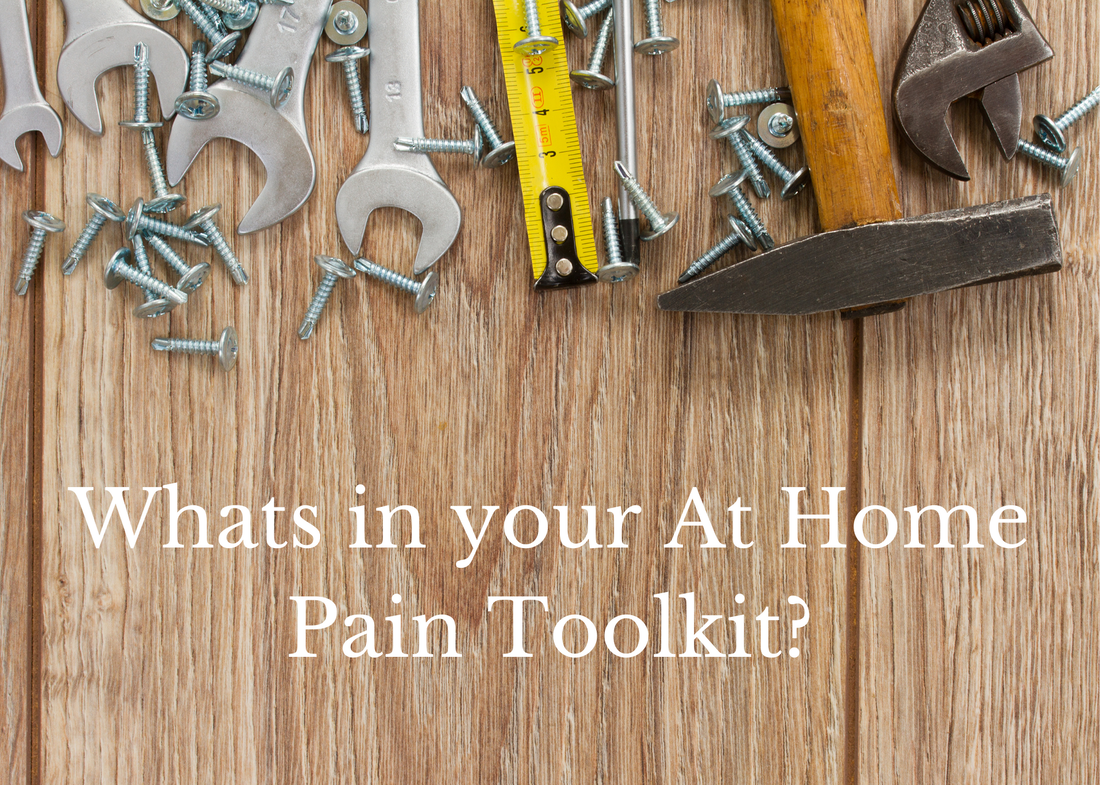
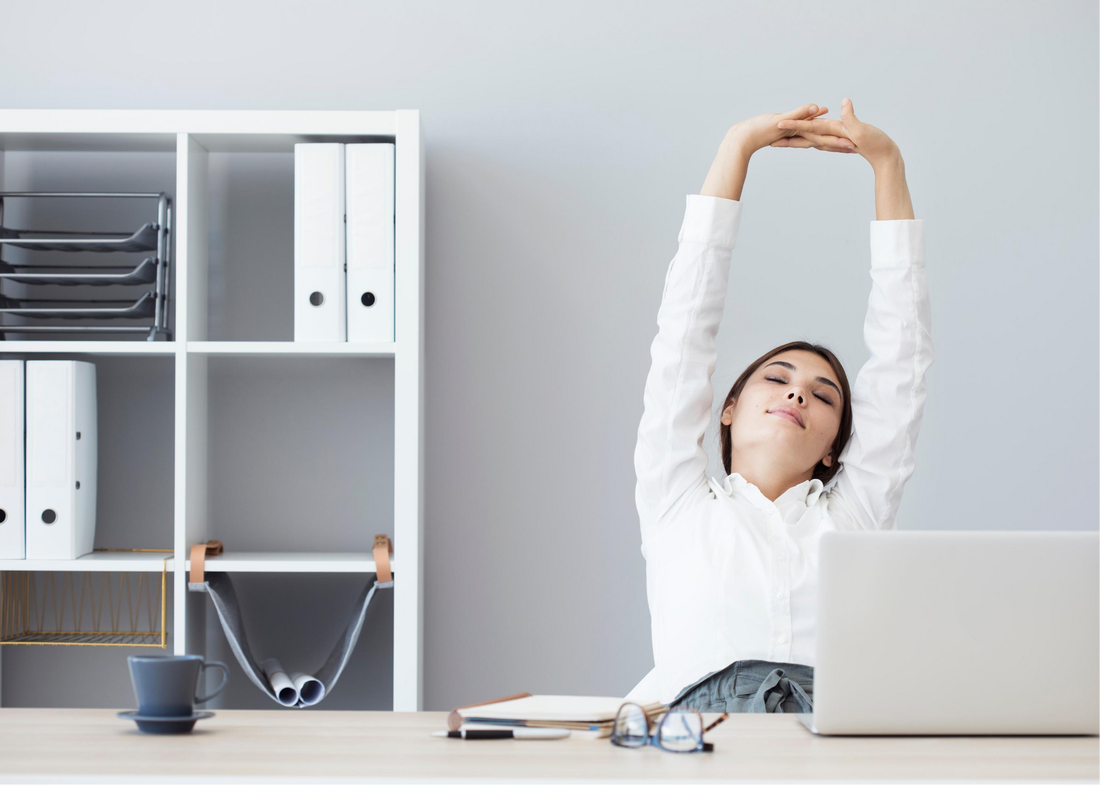

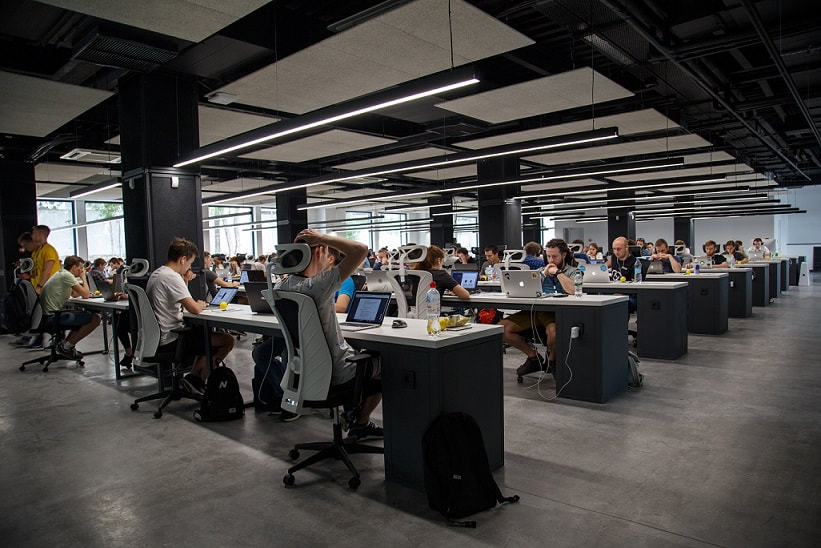
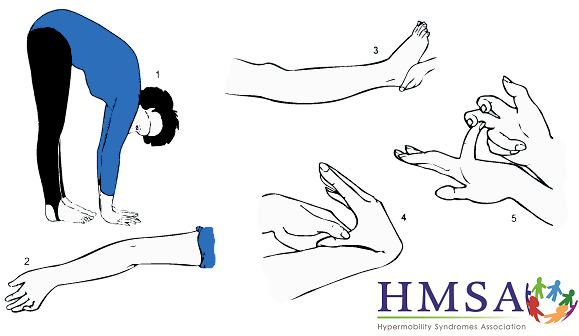
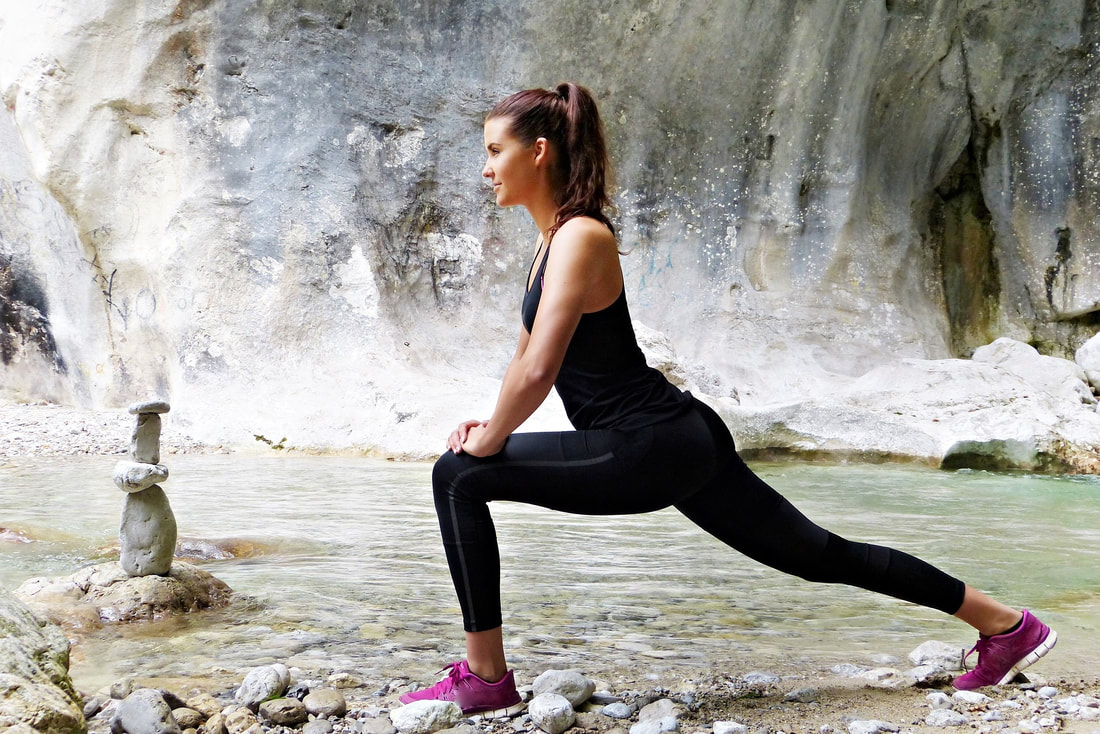
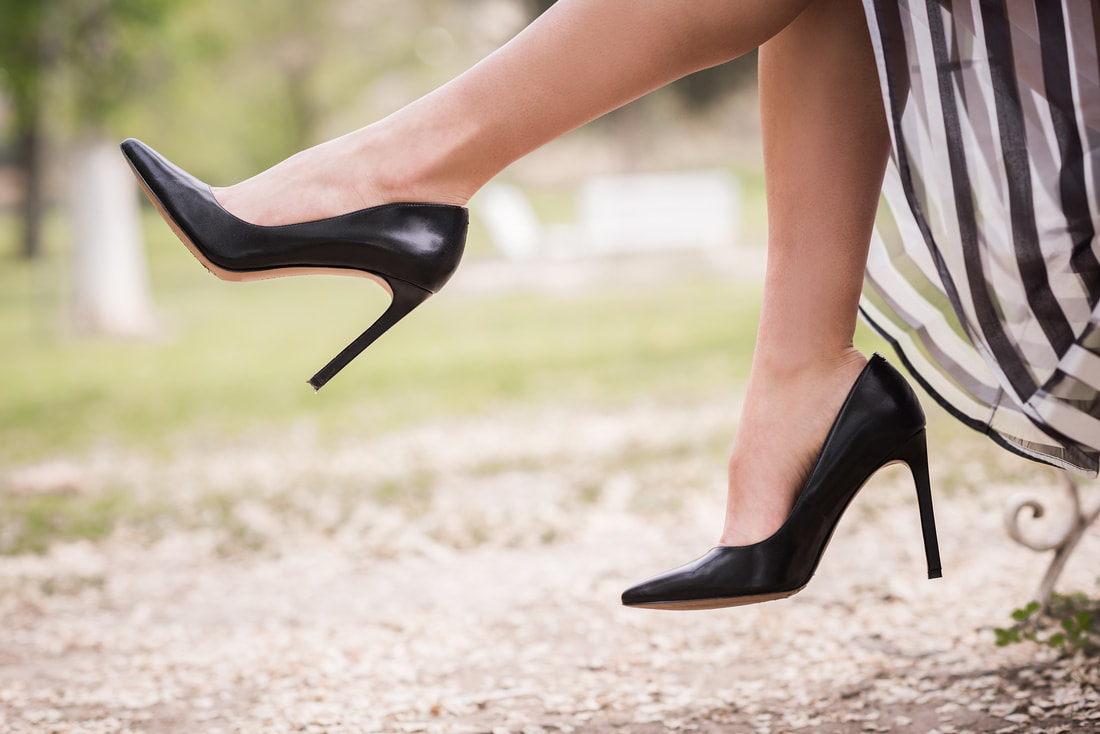
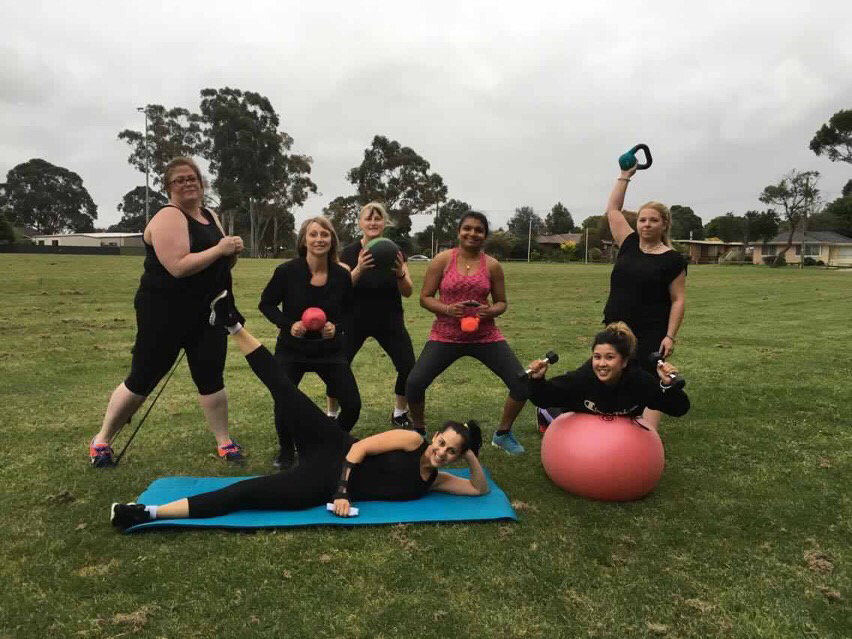
 RSS Feed
RSS Feed